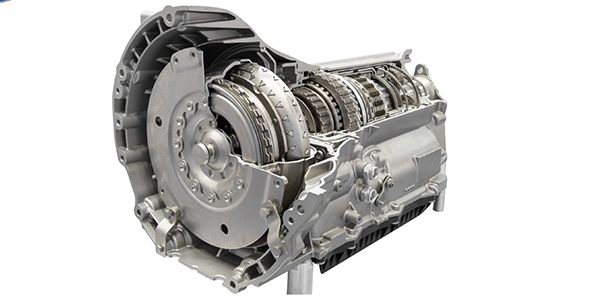CC:
Year after year, automakers need to find new ways to meet ever tightening emission and fuel economy standards. They’re faced with the challenge of making vehicles which are more fuel efficient, produce fewer harmful emissions while also being exciting to drive. In response to this challenge, advanced systems have emerged to meet those needs. Variable valve timing, also known as VVT, is a great example of this and is our subject of discussion for today.
So what is variable valve timing and how does it affect the way the engine operates? Variable valve timing is the process of altering the timing and/or duration of a valve lift event. On an engine without VVT, the opening and closing of the valves will be based on their fixed position relative to the timing chain or belt, which is driven by the crank shaft. This means that the valve timing will remain the same in all operating conditions, forcing automakers to make certain compromises by selecting a specific cam profile.
The cam profile affects the valve lift and duration and impacts how well the engine will perform at certain RPMs. However, an engine equipped with VVT can make additional adjustments so it isn’t constrained by the cam profile. VVT systems allow for improved performance over a broader operating range. The ability to alter valve timing at any engine speed gives manufacturers the ability to tune for optimal performance and efficiency. The cam shaft’s timing can be advanced to produce better low end torque, or can be retarded to have better high end torque as directed by the ECU. Unlike early VVT systems, which were only active under certain conditions, modern systems are actively adjusting the intake and exhaust camshaft positions at all times for the best possible efficiency and operation.
VVT is not just a single part or component, it’s an entire system. There are a number of components which need to work hand in hand in order for the system to function at its best. Let’s take a look at some of those components. Variable valve timing systems will vary greatly from one automaker to the next. So be sure to reference the OE service information for your particular application before starting to diagnose or repair an issue.
Familiarizing yourself with the system and how it operates should be the first step in your diagnostic process. Camshaft timing is controlled by the camshaft phaser or adjuster. Cam phasers may feature a piston-type construction or a vein-type construction, but regardless of construction, they use engine oil pressure to push against the strong internal spring. Oil control solenoids are used to adjust engine oil pressure into the phaser based on input from the engine control unit or ECU, and will likely be mounted in the cylinder head. It’s worth noting that not all engines will have phasers on each cam shaft. It depends on what the automaker is trying to achieve and how they want the engine to perform.
Since engine oil is used to advance or retard the timing in most VVT systems, it is critical that the correct type, grade and viscosity oil is used and that it is changed at regular intervals. Most VVT system failures are caused over time by low engine oil levels, poor oil circulation, or a simple lack of maintenance.
Symptoms of VVT faults include a rough or unstable idle, abnormal engine noises, stalling, lack of power, and/or reduced fuel economy. These symptoms will typically be accompanied by an illuminated check engine light and stored DTCs in the ECU memory. As we said earlier, be sure to always check the OE service information for VVT system operation, component locations, and diagnostic troubleshooting assistance.
When it’s time to replace a failed OE VVT component, you can trust Standard for a sprocket and solenoid that will perform and last. In addition, Blue Streak solenoids and sprockets offer improvements over the OE design for durability and a longer service life, as well as complete solenoid kits and VVT service kits for an easy repair. I’m Brian Sexton. Thanks for watching.
Standard is proud to offer a complete VVT program with solenoids, sprockets and service kits. Gas, hybrid or EV, import or domestic, Standard has you covered.
This video is sponsored by Standard.













